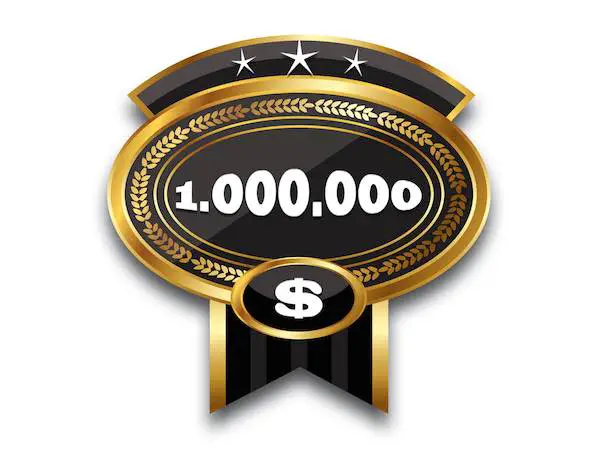A new study shows that the effect of the matching portion that the federal government contributes to federal employees’ TSP accounts has a huge positive impact on the overall participation rate in the Thrift Savings Plan.
The study was published by the Congressional Budget Office: The Effect of Employer Matching and Defaults on Workers’ TSP Savings Behavior – June 23, 2021
The study looked at data and participation rates in the TSP for federal employees who did and did not receive a match in the TSP.
The study data also look at implementation of automatic enrollment (AE) with a default contribution rate of 3 percent for workers hired after August 2010 and the impact on TSP participation rates.
These are some of the highlights of the findings:
Behavior and Traits of Adjacent Cohorts With and Without an Employer Match
| No Match (Hired in 1983) | Match (Hired in 1984) | |
| Percentage of workers who contribute | 69.5 | 91.7 |
| Average contribution rate (As a percentage of salary) | 5.9 | 9.2 |
| Average contribution rate for those who contributed (As a percentage of salary) | 8.5 | 10.0 |
| Percentage of workers whose whole portfolio is invested in the G Fund | 16.7 | 24.1 |
| Pecentage of workers’ portfolio invested in the G Fund | 45.5 | 53.1 |
| Average ratio of balance to pay | 0.8 | 2.5 |
| Sample Size | 90,533 | 133,015 |
| No Match (Hired in 1983) | Match (Hired in 1984) | |
| Demographics | ||
| Average age | 55.5 | 54.6 |
| Female (Percent) | 43.7 | 47.8 |
| White (Percent) | 76.8 | 73.6 |
| Black (Percent) | 16.7 | 19.6 |
| Hispanic (Percent) | 6.5 | 6.8 |
| High school or less (Percent) | 26.4 | 27.1 |
| Some college (Percent) | 24.7 | 24.3 |
| College (Percent) | 32.4 | 31.8 |
| Graduate school (Percent) | 16.5 | 16.9 |
| Average annual earnings (2014 dollars) | $97,100 | $94,600 |
| Sample Size | 90,533 | 133,015 |
As can be seen, the percentage of workers who contribute is much higher with the match as well as the average contribution rate. The same trend is seen in the figures below for the data looking at automatic enrollment.
Behavior and Traits of Adjacent Cohorts Hired Before and After Automatic Enrollment and Observed Zero to Four Months After Hire
| Hired Before AE (Hired between August 2009 and July 2010) | Hired After AE (Hired between August 2010 and July 2011) | |
| TSP Behavior | ||
| Percentage of workers who contribute | 60.0 | 96.7 |
| Average contribution rate (As a percentage of salary) | 2.9 | 4.4 |
| Average contribution rate for those who contributed (As a percentage of salary) | 4.8 | 4.5 |
| Percentage of workers whose whole portfolio is invested in the G Fund | 76.0 | 79.7 |
| Percentage of workers’ portfolio invested in the G Fund | 84.3 | 85.5 |
| Average ratio of balance to pay | 0.2 | 0.2 |
| Sample Size | 51,732 | 53,386 |
| Hired Before AE (Hired between August 2009 and July 2010) | Hired After AE (Hired between August 2010 and July 2011) | |
| Demographics | ||
| Average age | 38.9 | 38.9 |
| Female (Percent) | 42.3 | 42.9 |
| White (Percent) | 77.9 | 77.7 |
| Black (Percent) | 16.9 | 17.2 |
| Hispanic (Percent) | 5.2 | 5.1 |
| High school or less (Percent) | 29.7 | 30.0 |
| Some college (Percent) | 15.6 | 16.3 |
| College (Percent) | 29.4 | 27.4 |
| Graduate school (Percent) | 25.3 | 26.3 |
| Average annual earnings (2014 dollars) | $65,400 | $65,100 |
| Sample Size | 51,732 | 53,386 |
The report contains much more data and in-depth analysis of the effects of the employer match on TSP participants’ behavior. The bottom line though is that the match and automatic enrollment have combined to greatly increase the participation rate in the TSP. The matching funds are a good benefit for federal employees who contribute enough to take full advantage of the match; over the course of a federal career, one can easily become a millionaire with steady investing in the TSP’s stock funds.




